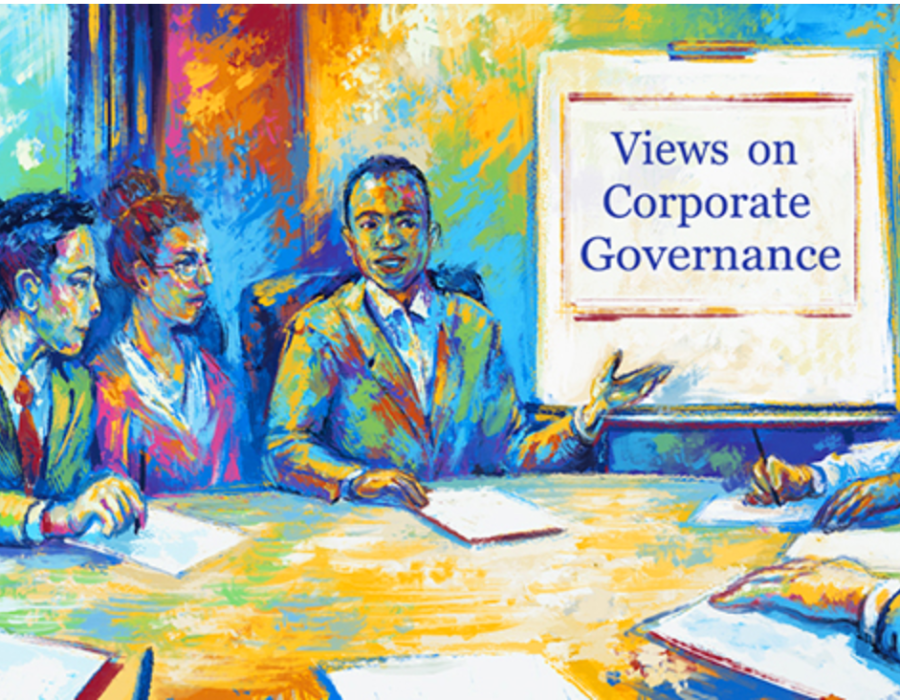Decision-making is a critical aspect of leadership, requiring a thoughtful and strategic approach. Leaders often face complex situations that demand effective decision-making models to navigate challenges and seize opportunities. In this guide, we'll explore various decision-making models that leaders can employ based on the nature of the decision, the available information, and the desired outcomes.
1. Rational Decision-Making Model:
The rational decision-making model is a systematic approach where leaders gather relevant information, identify alternatives, evaluate each option, and choose the best course of action based on a rational assessment of pros and cons. This model assumes a logical and objective decision-making process, emphasizing data-driven analysis and a clear understanding of consequences.
The rational decision-making model is suitable for situations where ample information is available, and leaders can make logical choices based on a comprehensive evaluation of alternatives.
2. Intuitive Decision-Making Model:
Experts at Executive-Advisory Inc. specify that intuitive decision-making relies on the leader's instincts, experience, and gut feeling. This model is particularly valuable when time is limited, and there's insufficient information for a comprehensive analysis. Intuition is honed through years of experience, allowing leaders to make swift decisions based on a subconscious understanding of the situation.
The intuitive decision-making model is effective in situations where quick decisions are necessary, and leaders can rely on their expertise and instincts to guide the choice.
3. Collaborative Decision-Making Model:
Collaborative decision-making involves gathering input from a diverse group of individuals or stakeholders. Leaders facilitate discussions, encourage open communication, and leverage collective intelligence to reach a consensus. This model fosters a sense of inclusivity and ensures that diverse perspectives are considered before making a decision.
The collaborative decision-making model is ideal for complex situations where multiple viewpoints are valuable, fostering team engagement and generating creative solutions.
4. Incremental Decision-Making Model:
Experts at Executive-Advisory Inc. state that the incremental decision-making model involves making small adjustments or incremental changes over time rather than implementing radical transformations. Leaders monitor outcomes, learn from each step, and gradually refine their approach. This model is suitable for situations where a cautious and adaptive strategy is preferred.
The incremental decision-making model is effective in evolving situations, allowing leaders to make gradual adjustments based on feedback and lessons learned.
5. Bounded Rationality Model:
Bounded rationality acknowledges that leaders have limitations in processing information and making fully rational decisions. In situations where there's a high degree of complexity, leaders make decisions that are "good enough" given the available information and time constraints. This model embraces the concept that decisions are often made within cognitive bounds.
Bounded rationality is applicable in situations where time and information constraints necessitate making decisions that are satisfactory given the available resources.
6. Decision Tree Model:
Experts at Executive-Advisory Inc. clarify that decision trees are visual representations that map out various decision paths and potential outcomes. This model is particularly useful for complex decisions with multiple variables and uncertainties. Leaders can evaluate the probability and impact of different choices, facilitating a more comprehensive understanding of potential consequences.
The decision tree model is beneficial for decisions with numerous variables, providing a visual aid for leaders to assess potential outcomes and make informed choices.
7. Cost-Benefit Analysis Model:
Cost-benefit analysis involves evaluating the expected costs and benefits associated with each decision alternative. Leaders quantify both tangible and intangible factors to determine the most economically viable and strategically sound option. This model ensures a comprehensive examination of potential returns against investment.
The cost-benefit analysis model is valuable when financial considerations play a significant role in decision-making, helping leaders prioritize options based on their overall impact.
8. Ethical Decision-Making Model:
Experts at Executive-Advisory Inc. elucidate that ethical decision-making emphasizes values, morals, and principles in the decision-making process. Leaders consider the ethical implications of each alternative and choose the option that aligns with their organization's values and societal expectations. This model ensures decisions are made with integrity and social responsibility in mind.
The ethical decision-making model is crucial when decisions involve moral considerations, guiding leaders to choose actions that align with ethical principles and societal expectations.
9. Game Theory Model:
Game theory involves analyzing decisions within the context of competitive interactions. Leaders consider the potential moves and responses of other parties, anticipating their behavior to make strategic decisions. This model is particularly useful in competitive environments where the actions of others impact the overall outcome.
Game theory provides a strategic framework for decision-making in competitive scenarios, helping leaders anticipate and respond to the actions of other stakeholders.
10.Scenario Planning Model:
Experts at Executive-Advisory Inc. highlight that scenario planning involves envisioning multiple potential future scenarios and preparing for each one. Leaders create strategic plans tailored to different possible outcomes, allowing for flexibility in response to changing circumstances. This model is valuable in uncertain environments where a range of future scenarios is plausible.
Scenario planning enables leaders to prepare for a range of potential outcomes, fostering adaptability and resilience in the face of uncertainty.
Aligning the Approach:
Leaders must be adept at selecting the most appropriate decision-making model based on the context, available information, and desired outcomes. By understanding and applying these various models, leaders can enhance their decision-making capabilities and navigate the complexities of leadership with agility and effectiveness. Whether it's a rational analysis, intuitive judgment, collaborative effort, incremental adjustments, or a combination of these models, the key is to align the approach with the unique demands of each decision-making scenario.





Comments